CH 28 Protists
1/38
There's no tags or description
Looks like no tags are added yet.
Name | Mastery | Learn | Test | Matching | Spaced |
|---|
No study sessions yet.
39 Terms
Protists
Diverse eukaryotic organisms not classified as fungi, plants, or animals.
(classified via exclusion)
Supergroups of Protists (5)
Major classifications of protists: Excavata, SAR, Archaeplastida, Amoebozoa, Opisthokonta.
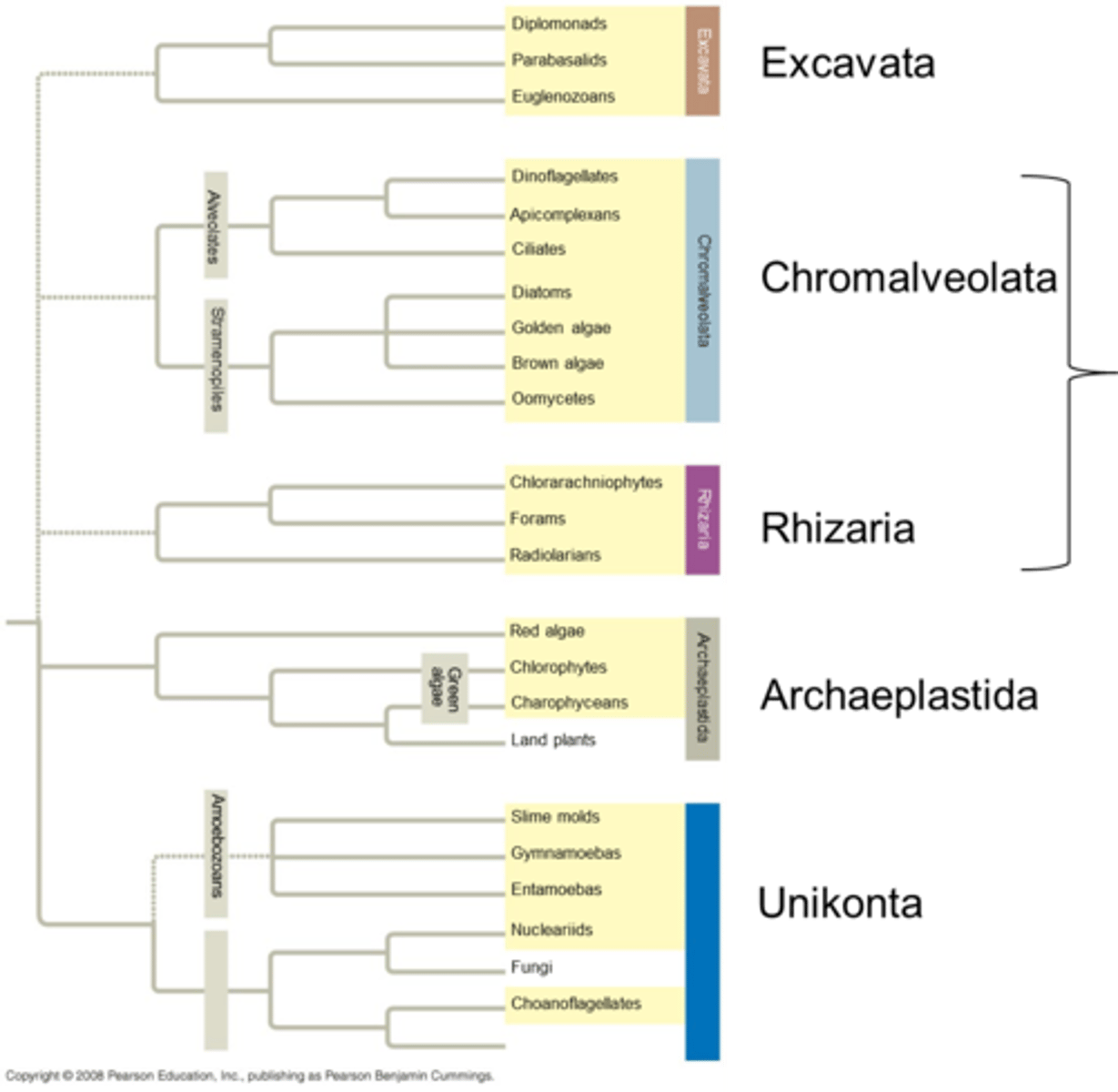
Eukaryotes vs Prokaryotes
presence of complex cytoskeleton
compartmentalization (nucleus & organelles)
Proks 3.5BYA, Euks 1.5BYA
ER, nucleus & Endosymbiosis (1st & 2nd)
ER & nucleus arose from infoldings in prok. cell membrane
1st endosymbiosis: Big bacteria engulfed anaerobic bacteria (mitochondria)
2nd endosymbiosis: already developed Euk. engulfed green bacteria for plants
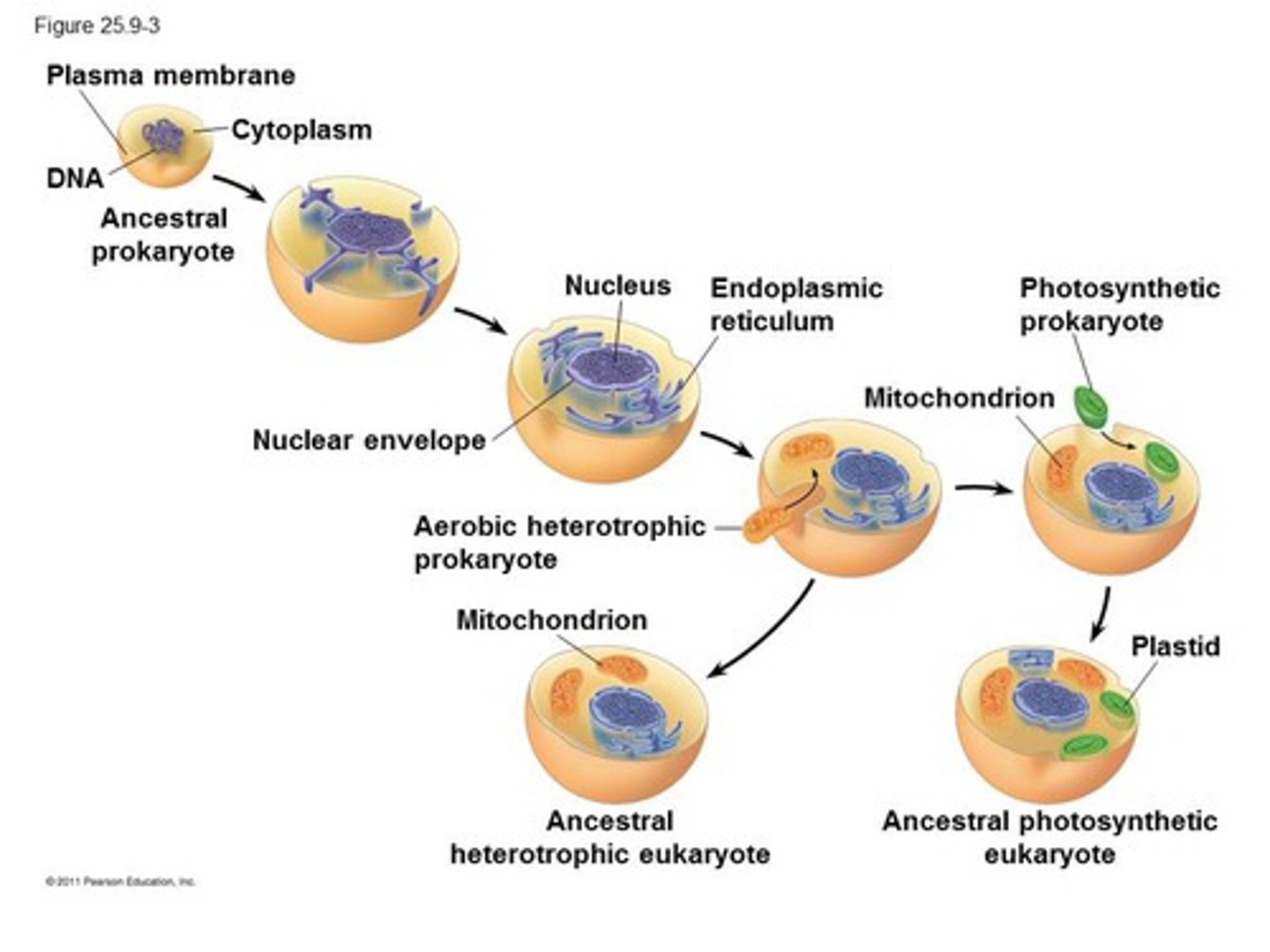
Evidence for Endosymbiosis
DNA inside mitochondria & chloroplasts (circular DNA, similar to bacteria in size & character)
Ribosomes inside mitochondria similar to bacterial ribosomes & vulnerable to antibiotics
Chloroplast & mitochondria replicate by binary fission not mitosis (mitosis evolved in eukaryotes)
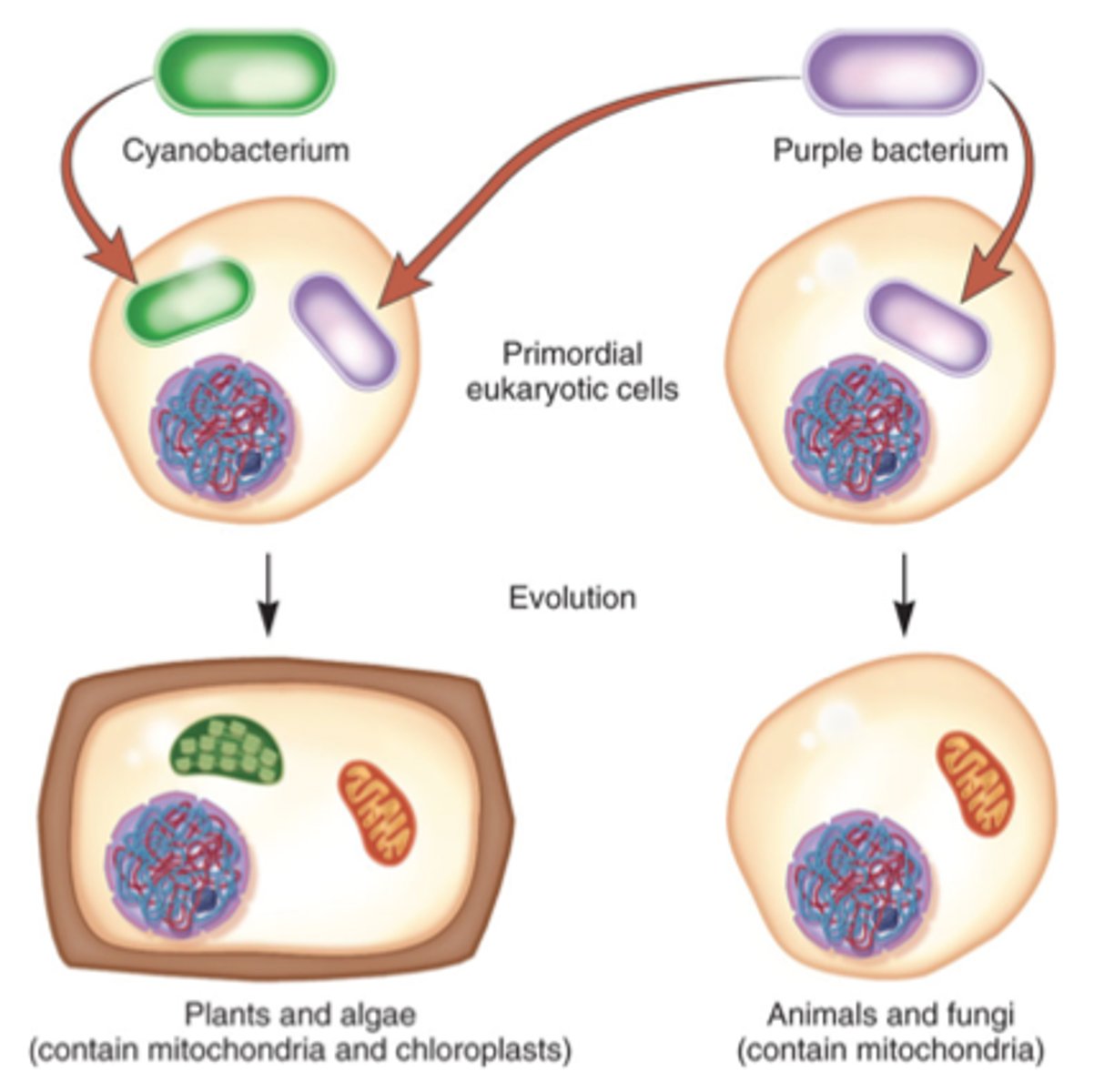
How do protists vary?
Unicellular, colonial & multicellular groups
Most are microscopic but some are huge
Many forms & symmetries
All types of nutrition
Cell Surface of Protists contain?
Protist have varied array of cell surfaces
Plasma membrane
Extracellular matrix (ECM) in some
Diatoms & foraminifera-> silica shells
Cysts
Dormant cells with resistant outer covering (analogous to endospores in proks)
Used for disease transmission
Locomotion of protists via...?
Flagella; one or more
Cilia; shorter & more numerous than flagella
Pseudopodia ("false feet"); chief means of locomotion for amoebas; used by other protist as well
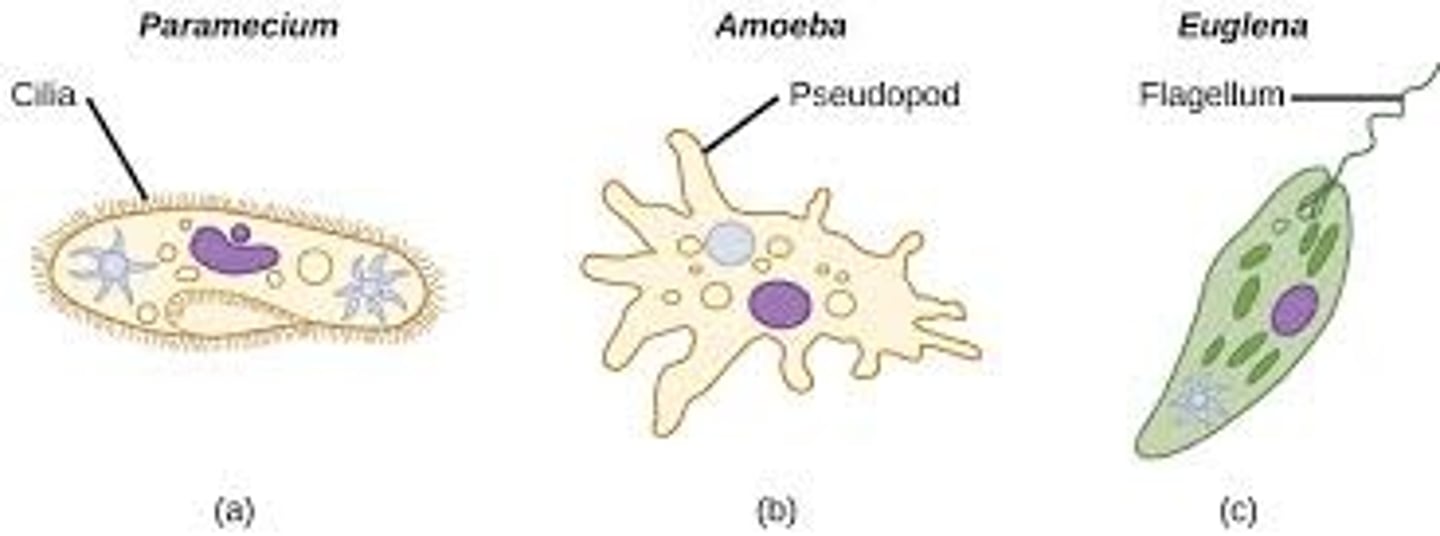
Nutrition of Protists (3)
Autotrophs
- Some photosynthetic
- Some chemoautotrophic
Heterotrophs
- Chemoorganotrophs
- Phagotrophs (ingest particulate food matter)
Mixotrophs (both phototrophic & heterotrophic)
Reproduction of Protists
Asexual Repro; typical mode, but under stress can be diff.
- mitosis, budding, schizogony
Sexual Repro; under stress (major Euk. innovation)
Budding
Asexual reproduction producing one smaller daughter cell.
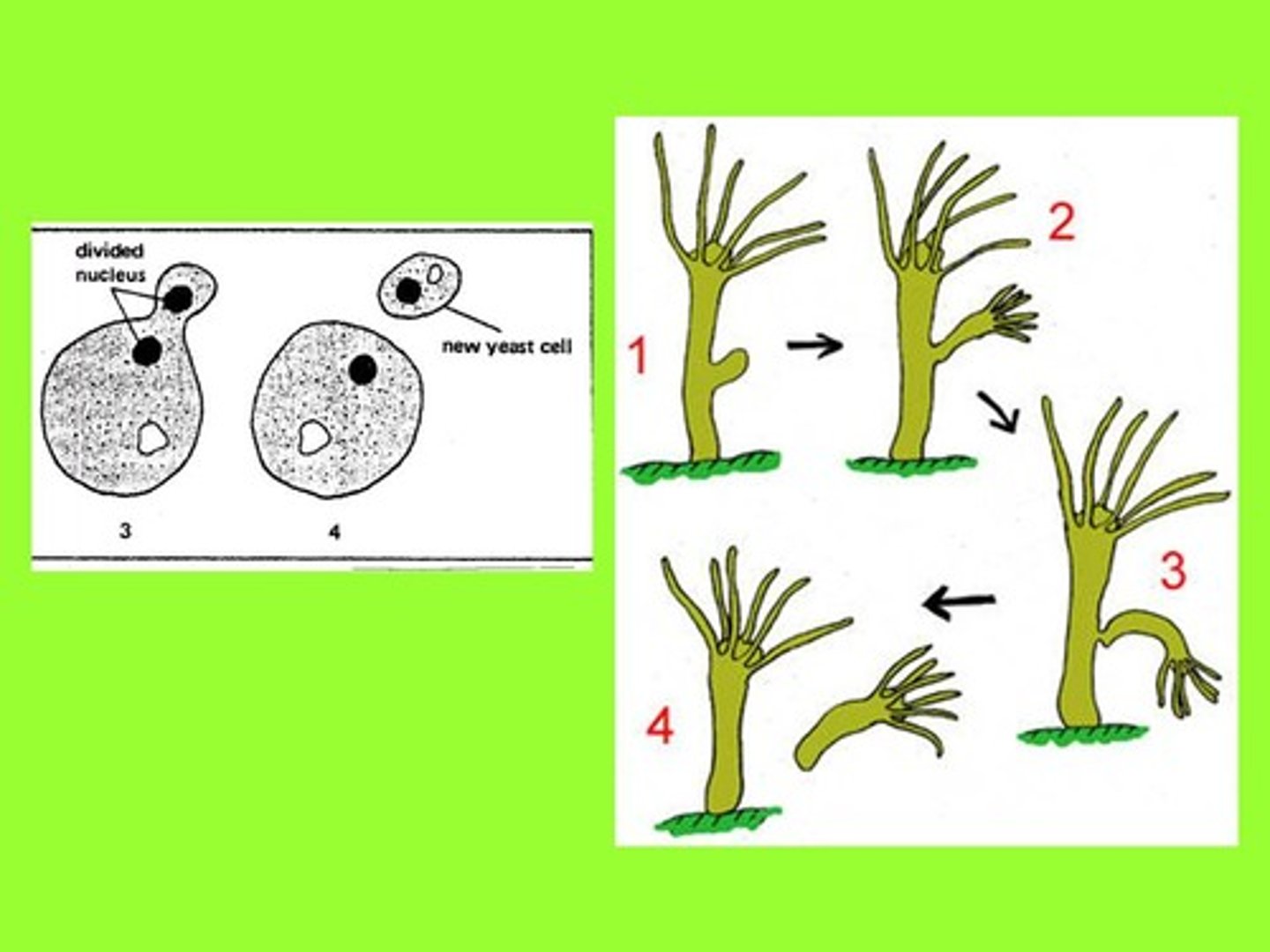
Schizogony
Multiple nuclear divisions before cell division, producing many cells.
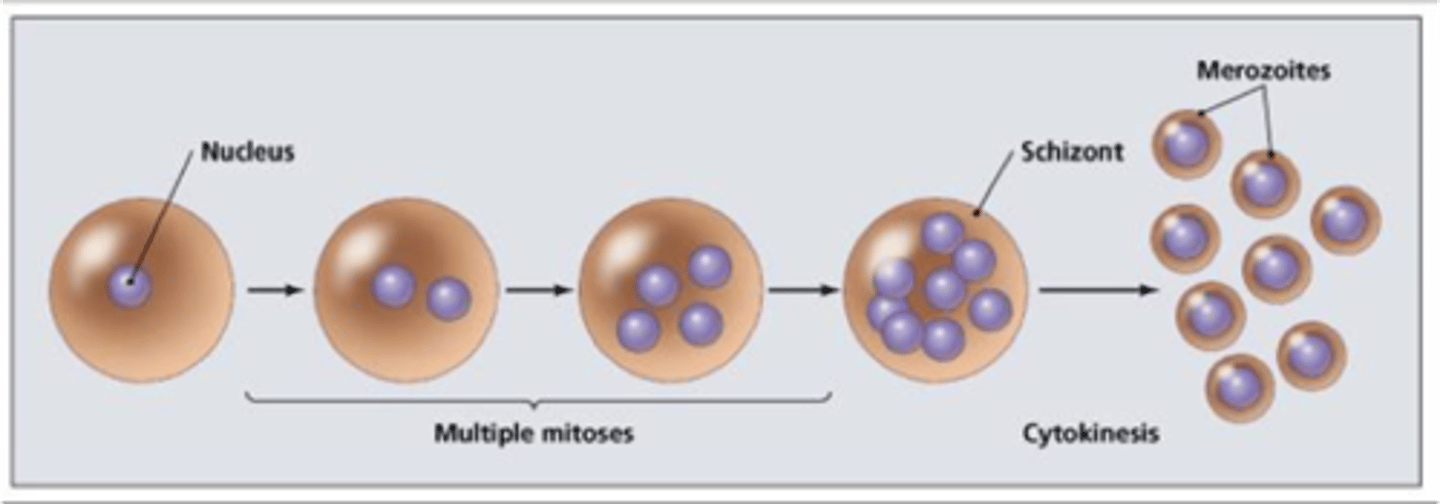
How are protist a bridge to multicellularity?
Single cells-> colonies-> true multicellularity
- Allows for specialization
(Few innovation have had as great an influence on history of life)
Excavata (supergroup)
Asymmetrical appearance w/ feeding groove "excavated" from one side
- includes phylum Diplomonads (ex. Gardia) & Euglenozoa (ex. Euglenids) & parabaslids
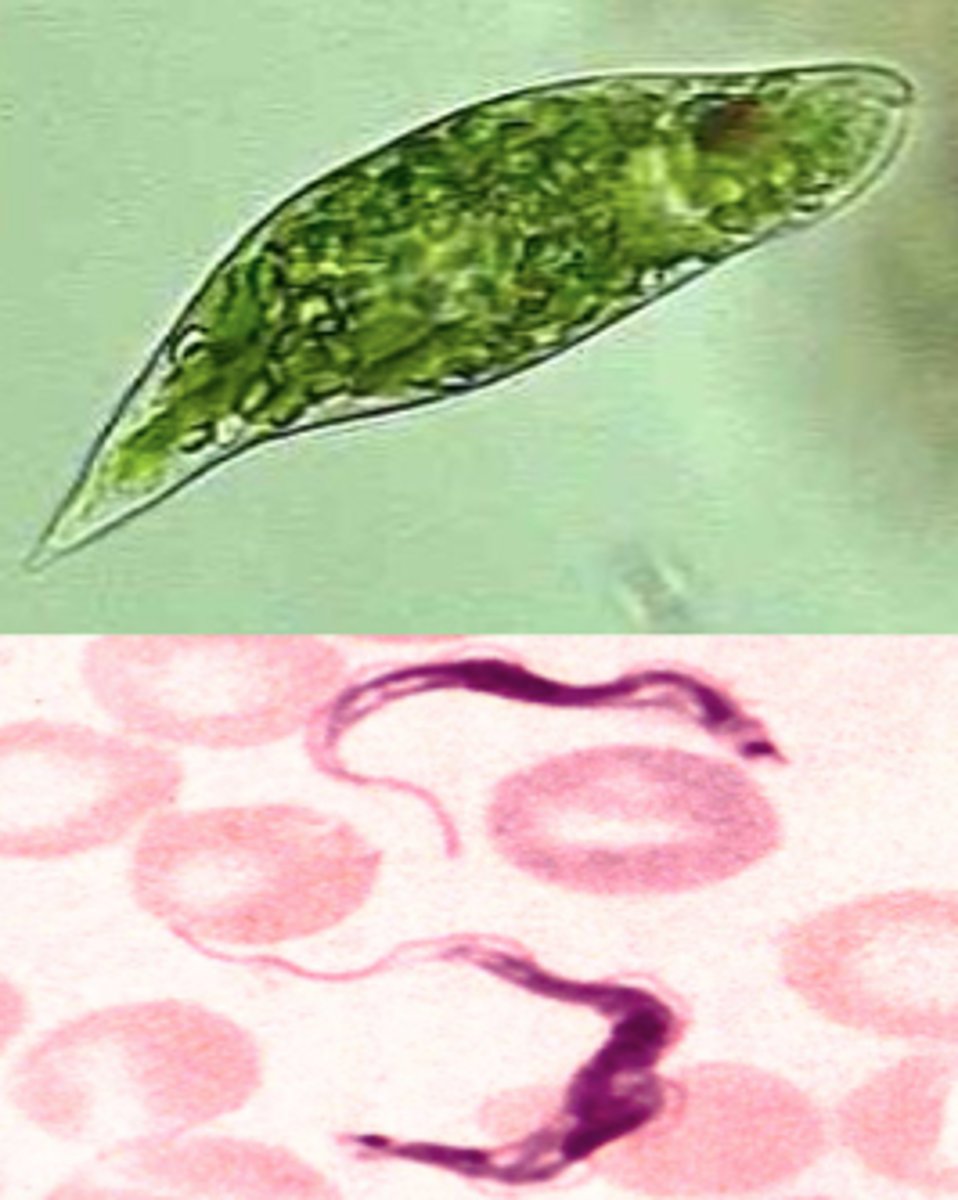
Gardia (of super group & phylum?)
- unicellular & 2 haploid nuclei
- lack functional mitochondria
- use cytosolic pathway (reparation genes) via horizontal gene transfer from bacteria
Protist - Excavata - Diplomonads

Diplomonads (of supergroup?)
phylum of excavata supergroup
unicellular with multiple flagella
include ex. Gardia
Lack functional mitochondria; use pathway derived from horizontal gene transfer from bacteria
Euglenozoa (of supergroup?)
phylum of excavata supergroup
cells change shape while swimming
Asexual
include ex. Euglenids (1/3 have chloroplasts & autotrophic)
Include ex. Euglean (2 unequal flagella & stigma for light detection)
Protist - Excavata
Euglenids (of supergroup & phylum?)
- have flagella
-contractile vacuoles & stigma
- chloroplasts & mitochondria
Protist - Excavata - Euglenozoa
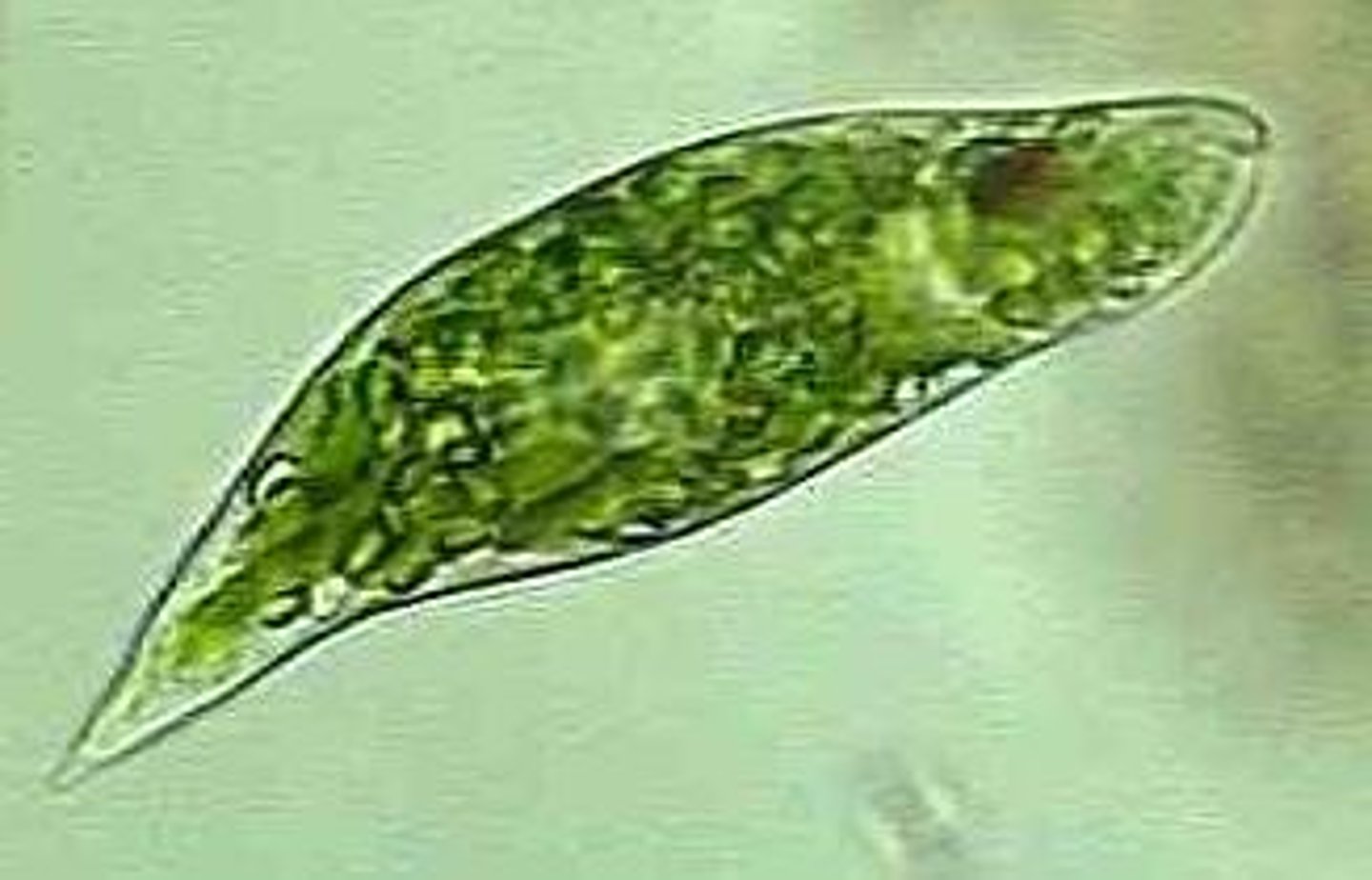
SAR (supergroup)
- containts superphylums Stramenopila, Alveolata, Rhizaria
SAR: Stramenopila (of supergroup?)
Mostly single-celled, but some multicellular + very fine hairs on flagella (some species have lost hair via evolution)
include Diatoms, Brown algae & Oomyce
Protists - SARs supergroup
Brown Algae (of supergroup & superphylum)
Conspicuous seaweeds
multicellular & photosynthetic
Haplodiplontic life cycle (sporophytes & gametophytes)
protist - SAR - stremenophila
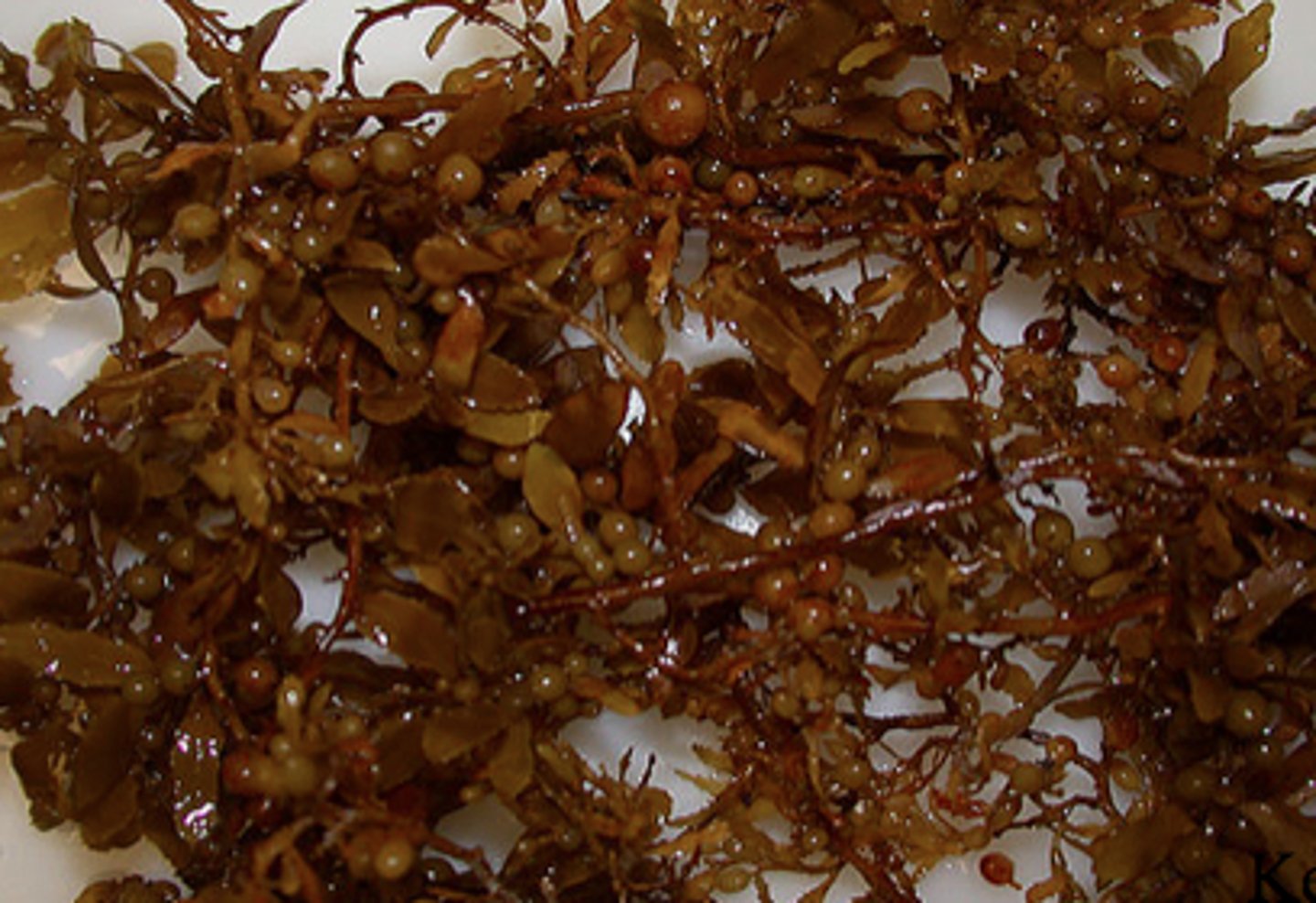
Diatoms (of supergroup & superphylum)
Photosynthetic unicellular
unique double silica shells.

Oomycetes (of supergroup & superphylum)
Water Molds (not fungi)
parasites/ saprobes [eat decayed matter]
(caused the Irish potato famine)
Protist- SARs - Stramenopiles
![<p>Water Molds (not fungi)</p><ul><li><p>parasites/ saprobes [eat decayed matter]</p><p></p></li></ul><p></p><p>(caused the Irish potato famine)</p><p>Protist- SARs - Stramenopiles</p>](https://knowt-user-attachments.s3.amazonaws.com/c5373dce-b7f9-4632-b178-ce5ec9146c85.jpg)
SAR: Alveolata (of supergroup?)
flattened vesicles called alveoli, may have apical complex (helps infect other cells)
contains Dinoflagellates, Apicomplexans (ex. gondii), & Ciliates
Protists - SARs
Dinoflagellates (of supergroup & superphylum?)
unicellular & photosynthetic
Flagella (two that whirl around)
bioluminescent sometimes
(red tide→ red pigmented dinoflagellates with toxins that are deadly)
protists- SAR - Alveolates
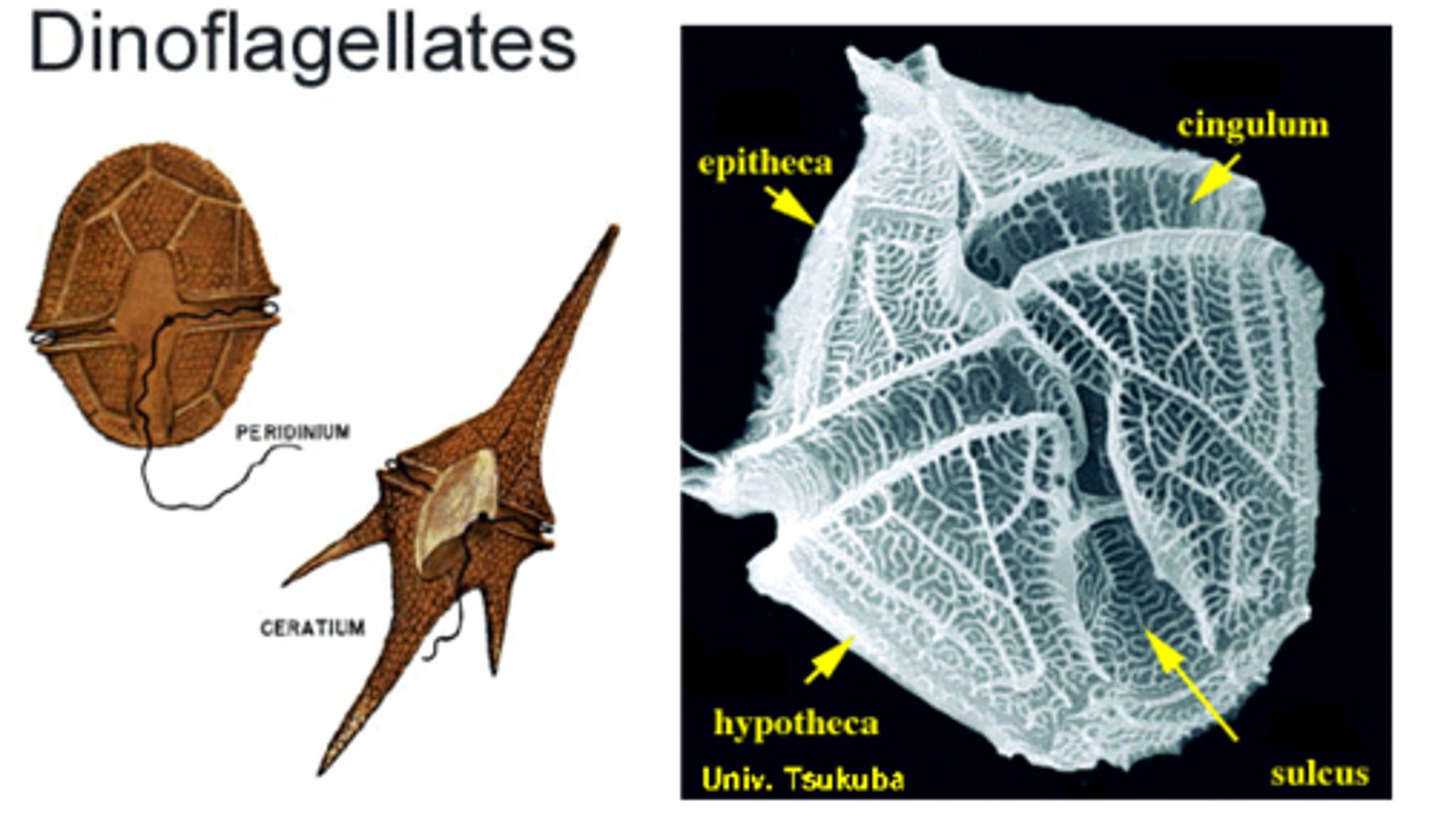
Apicomplexans (of supergroup & superphylum?)
Apical complex is a unique arrangement of organelles at one end of the cell (enables cell to invade host)
parasites
Plasmodium→ causes malaria; common in mosquito vector
protists- SAR - Alveolates
Ciliates (of supergroup & superphylum?)
Have large numbers of cilia in longitudinal rows or spirals around cell
2 nuclei (micronucleus/germline & macronucleus/function)
2 vacuoles (food & contractile for water)
protists- SAR - Alveolates
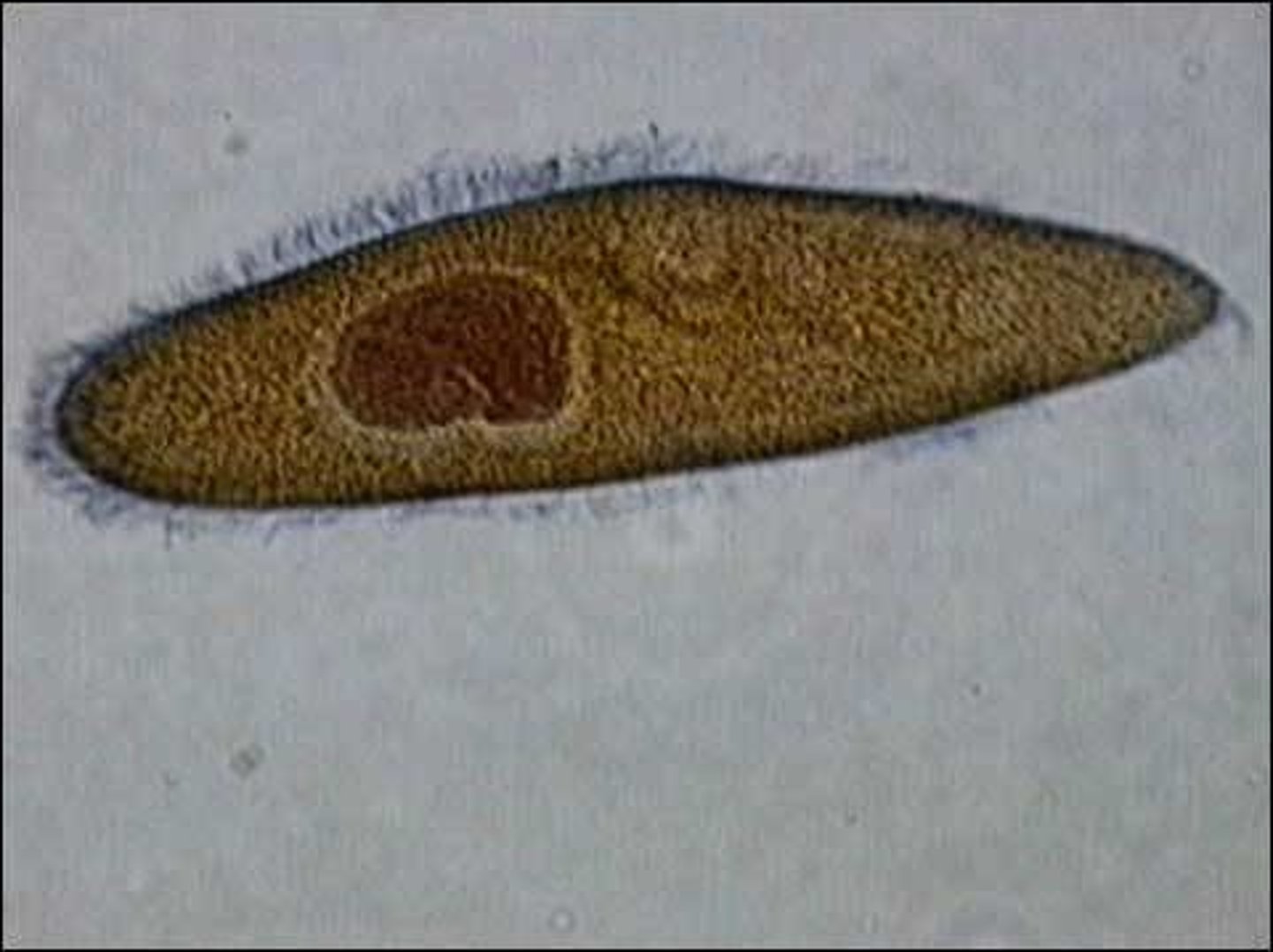
SAR: Rhizatia (of supergroup?)
silica shells
contain Foraminnifera & Radiolarians
protist- SARs
Radiolarians (of supergroup & superphylum)
Glassy exoskeletons made of silica, needle-like pseudopods.
protists- SAR - Rhizaria
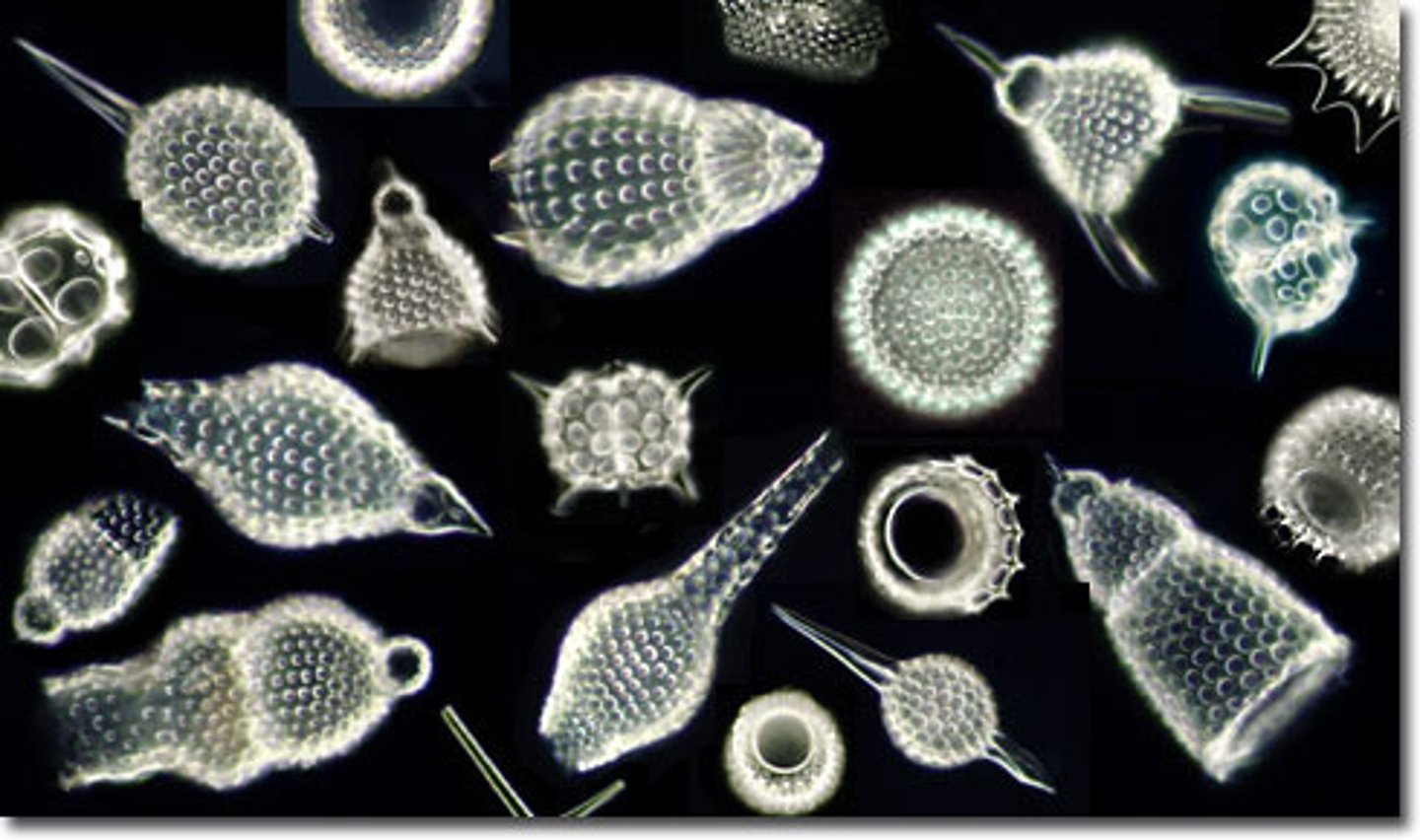
Foraminifera (of supergroup & superphylum?)
Marine protists with pore-studded calcium carbonate tests.
contribute to limestone formation
protists- SAR - Rhizaria
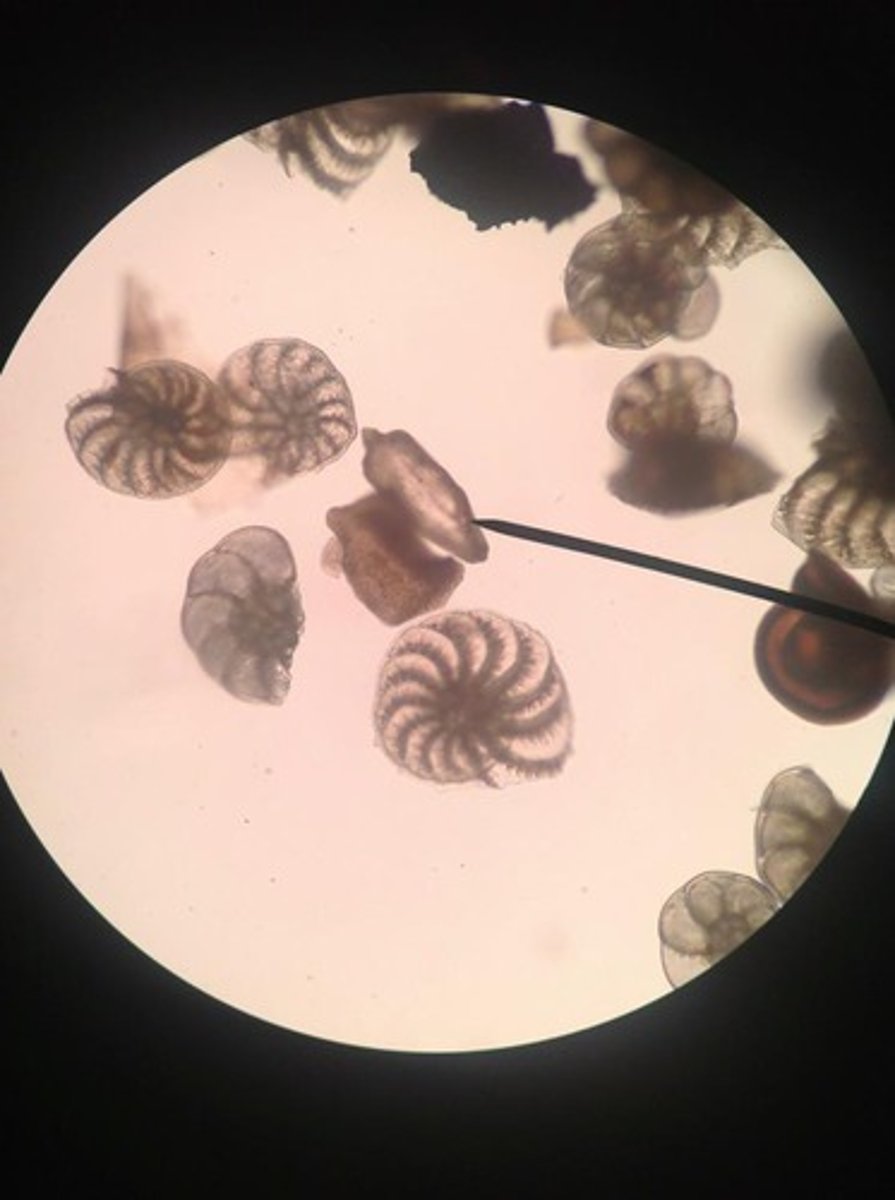
Archaeplastida (supergroup)
include red & green algae
Red Algar (of supergroup & phylum?)
Red algae (have accessory pigments)
lack flagella
range from microscopic single celled to very large multicellular
protists - arceplastida
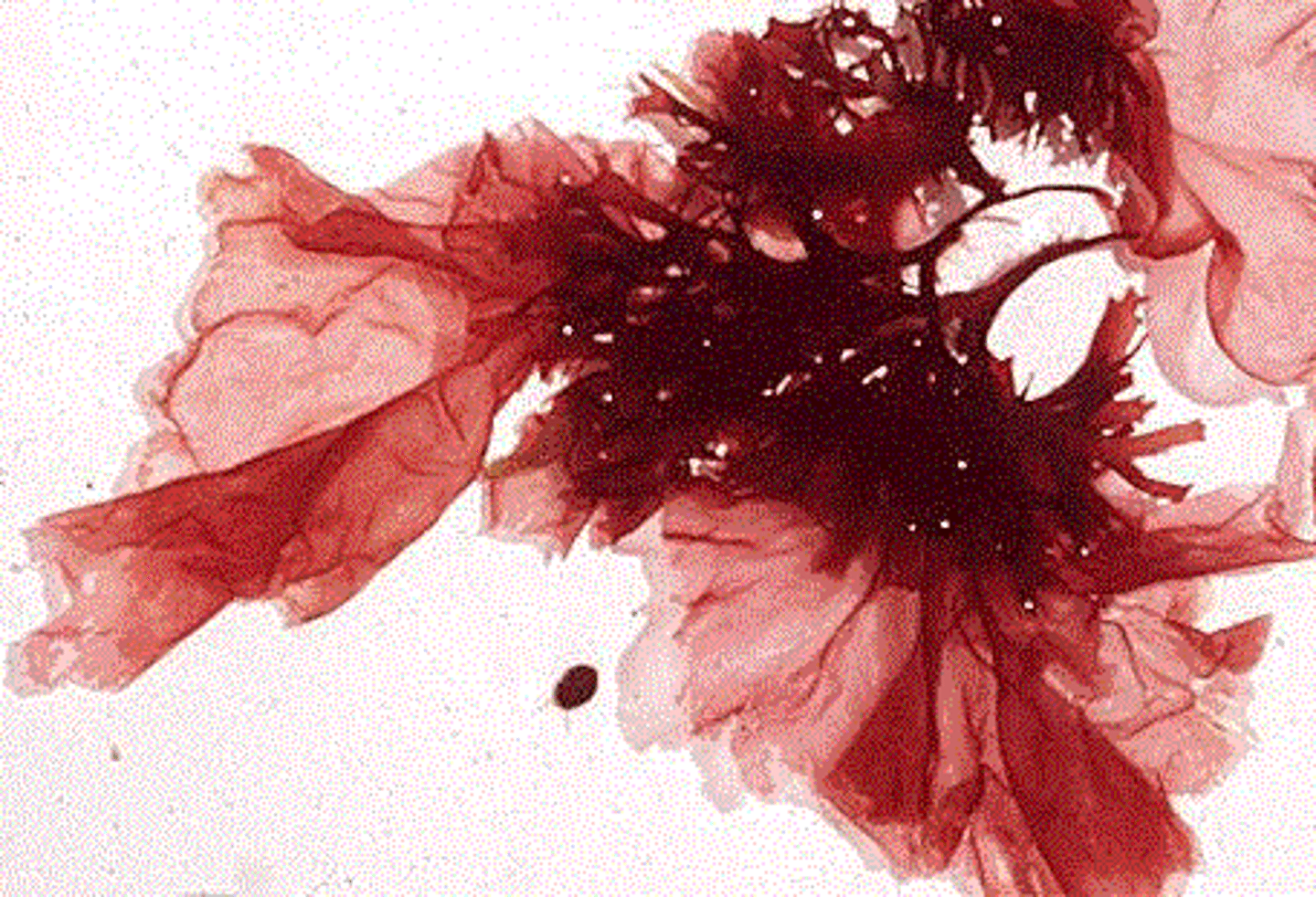
Green Algae (of supergroup?)
Has 2 lineages
Chlorophyta (unusual diversity and specialization)
charophytes (gave rise to land plants)
Protists - archaeplastida
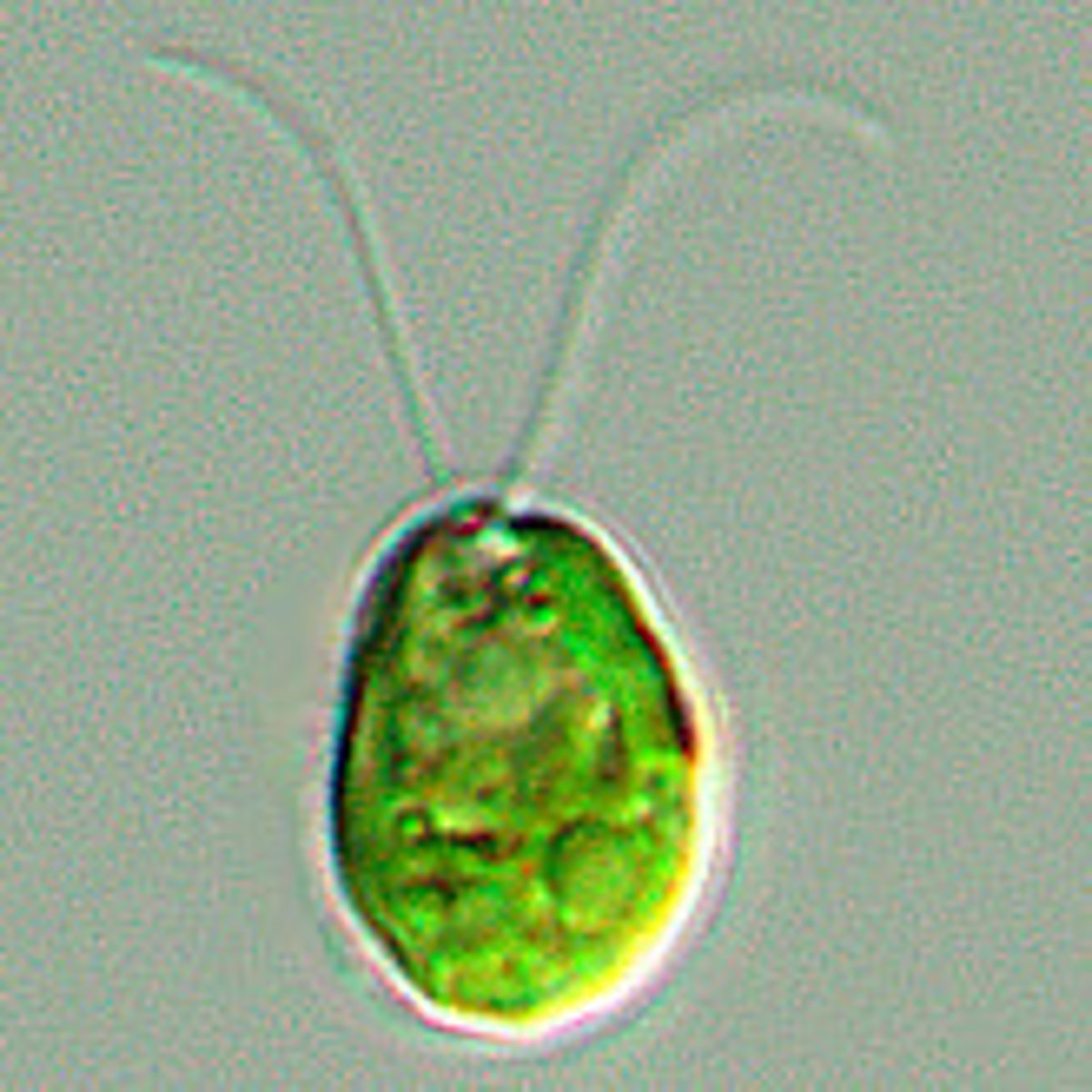
Chlorophyta (Of supergroup & phylum?)
unusual diversity and specialization leading to multicellularity
Protists - archaeplastida - green algae
Charophytes (of supergroup & superphylum?)
Green algae lineage that gave rise to land plants.
closest ancestor to land plants
Protists - archaeplastida - green algae
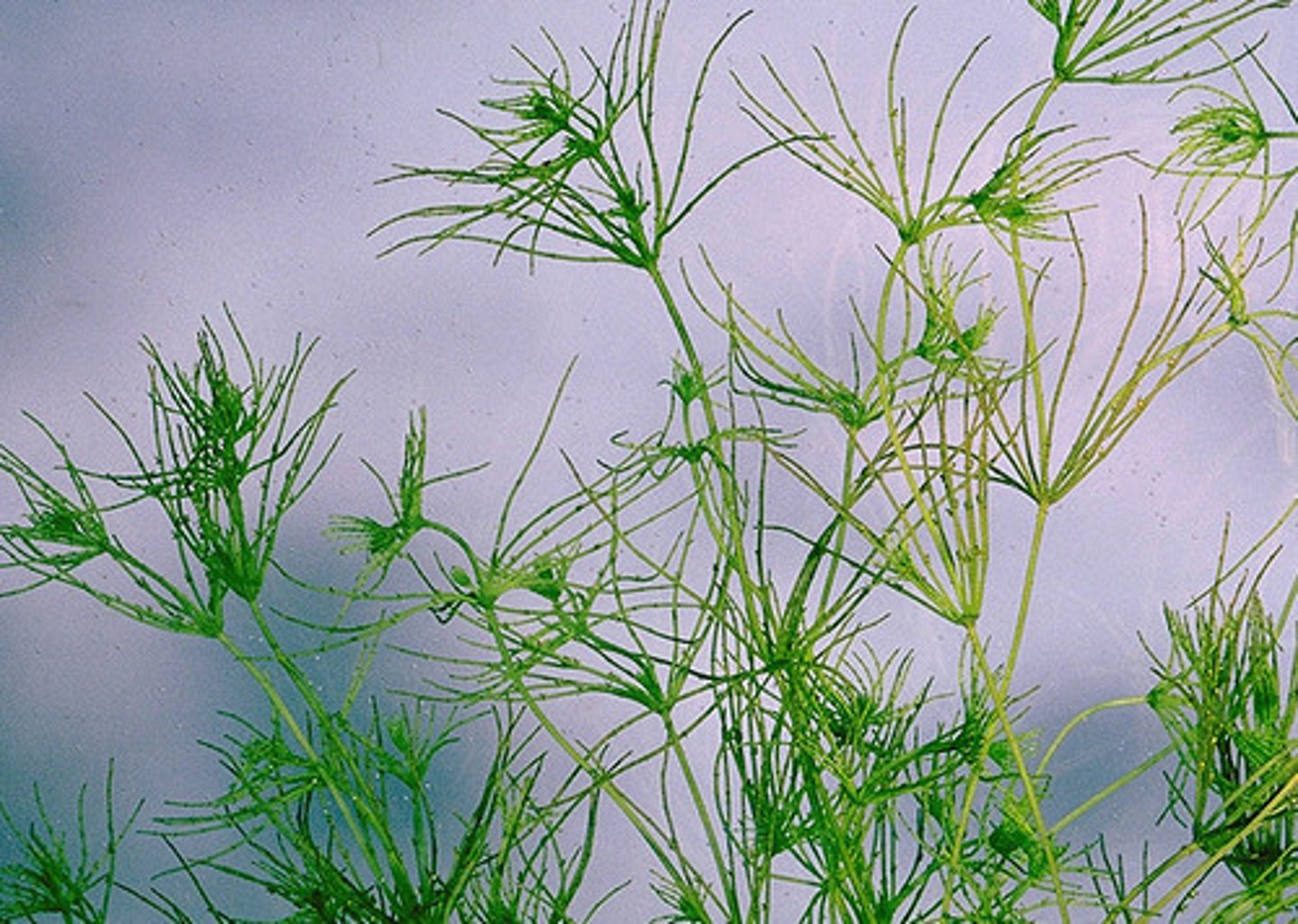
Amoebozoa (supergroup & phylum)
Move via pseudopods
used to push organism forward & intake food
Amoeba (of supergroup & phylum?)
Free living (found in soil & fresh water)
some parasitic
(brain eating amoeba can cross blood-brain barrier causing inflammation and death)
Protists - amoebozoa
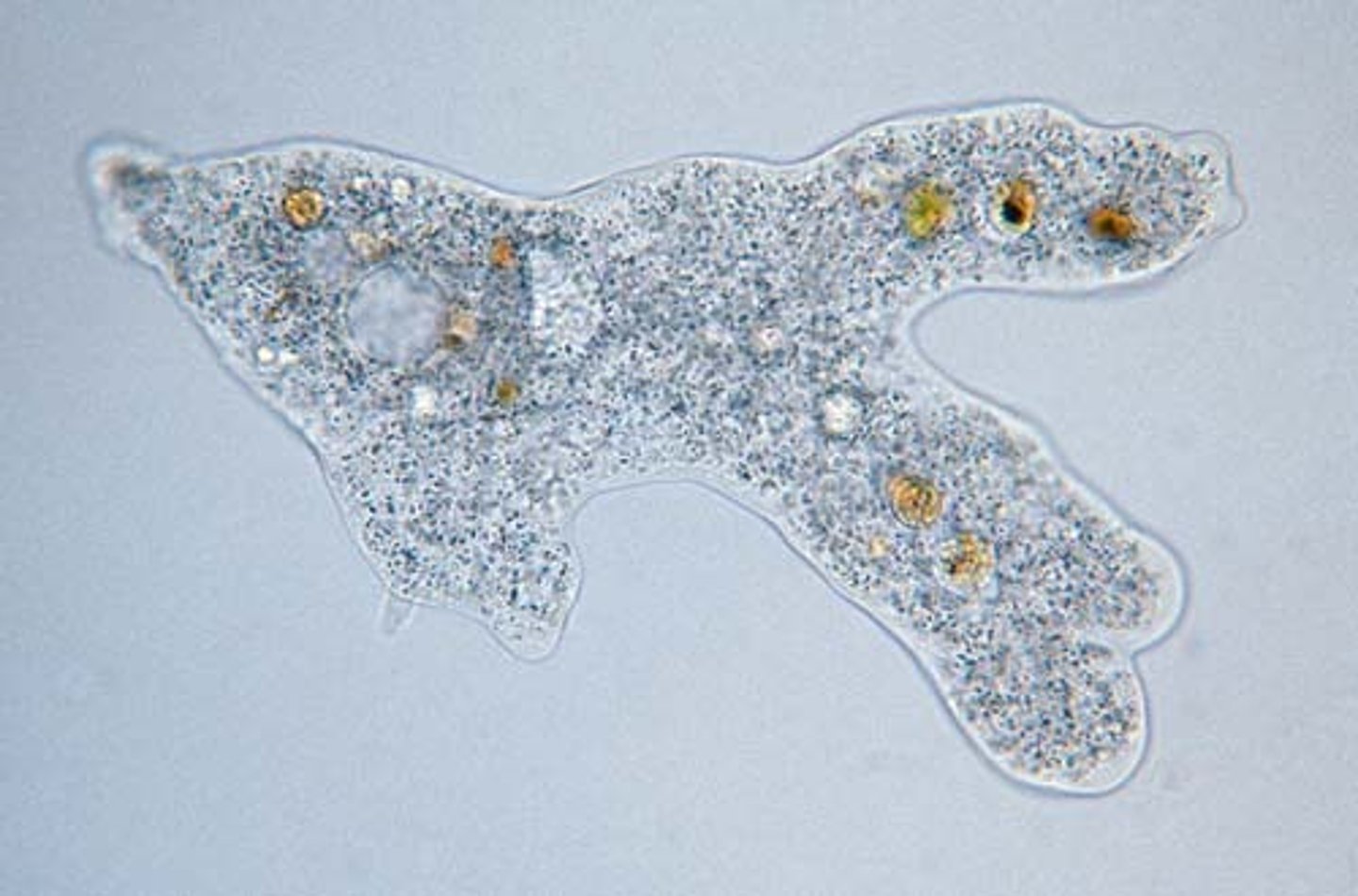
Opisthokonta (supergroup)
contain choanoflagellates (closest living relatives to animals and fungi)
Chanoflagellates (of supergroup?)
closest ancestor to animals & fungi (have matching structures to sponges)
flagellum surrounded by funnel-shaped collar (feature in sponges)
Protists- Opisthokonta
